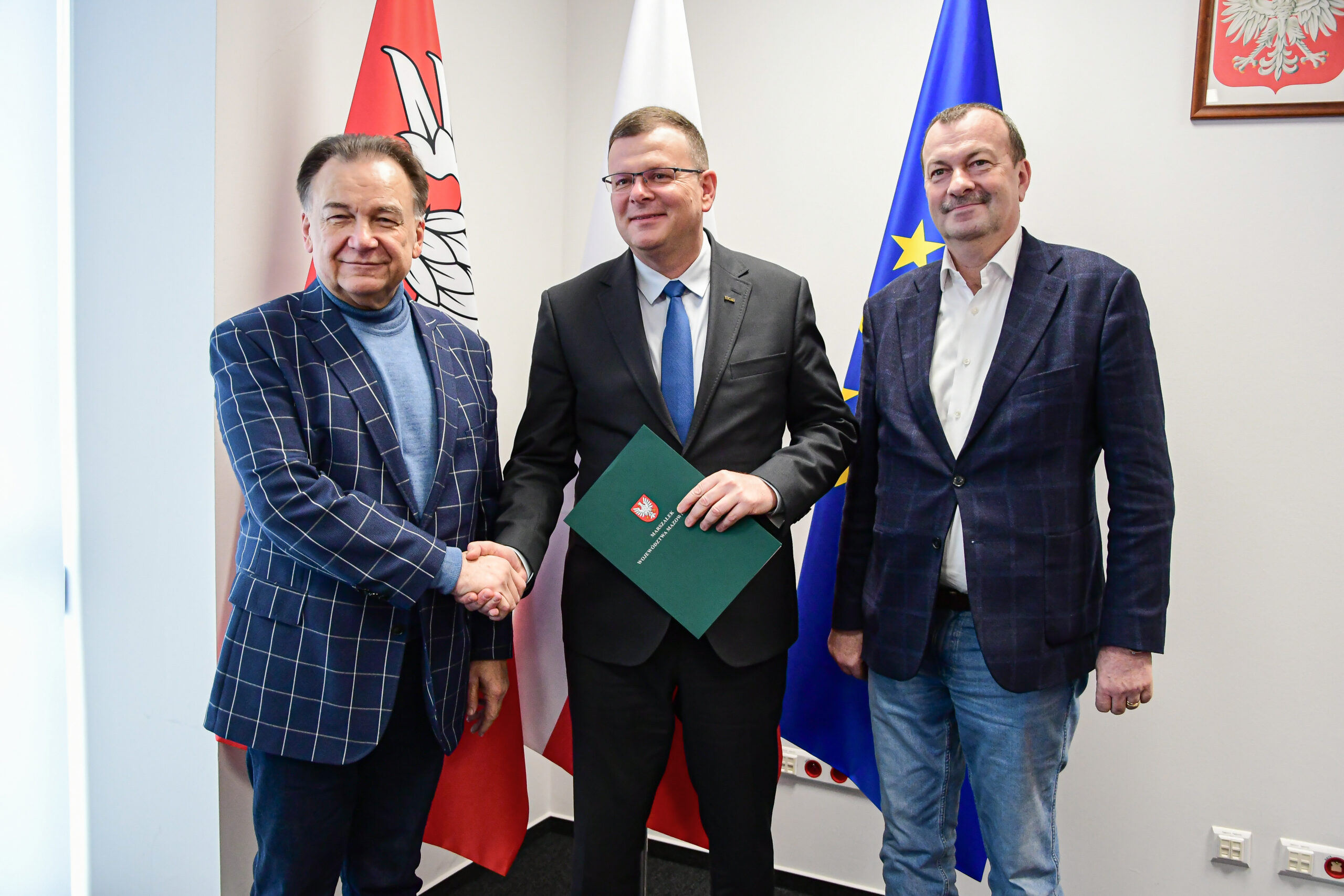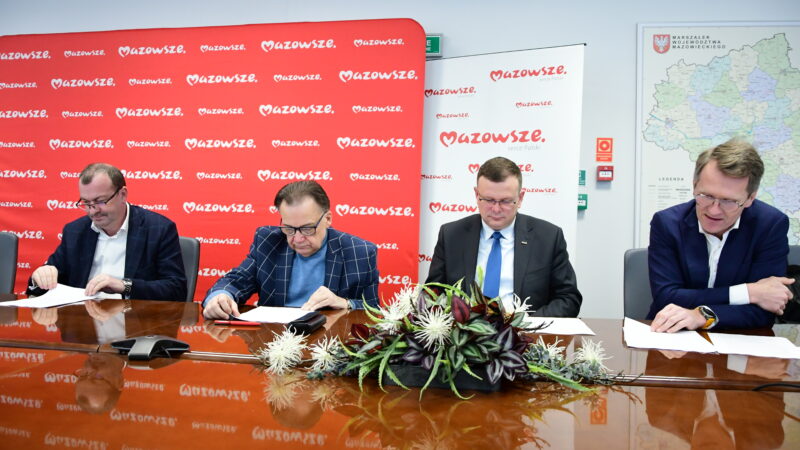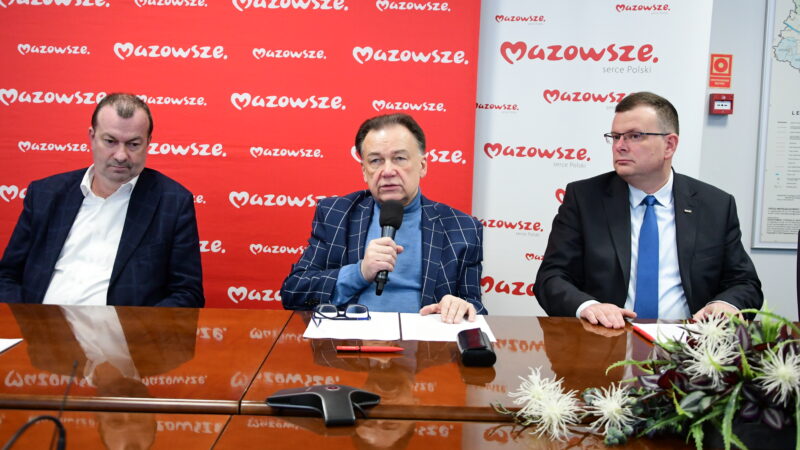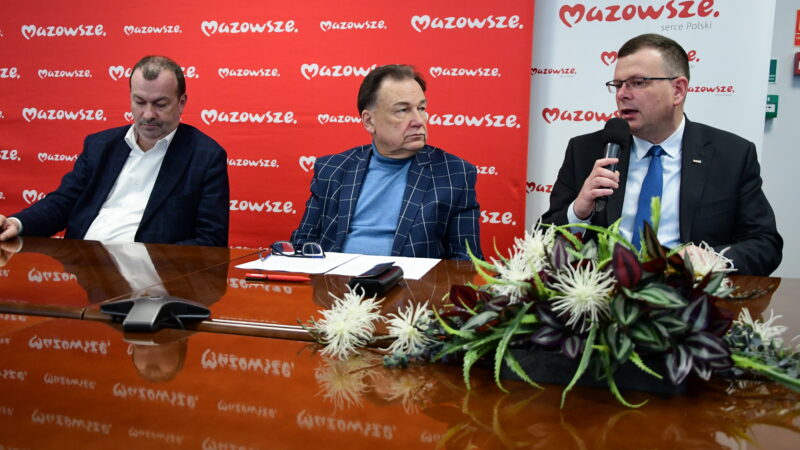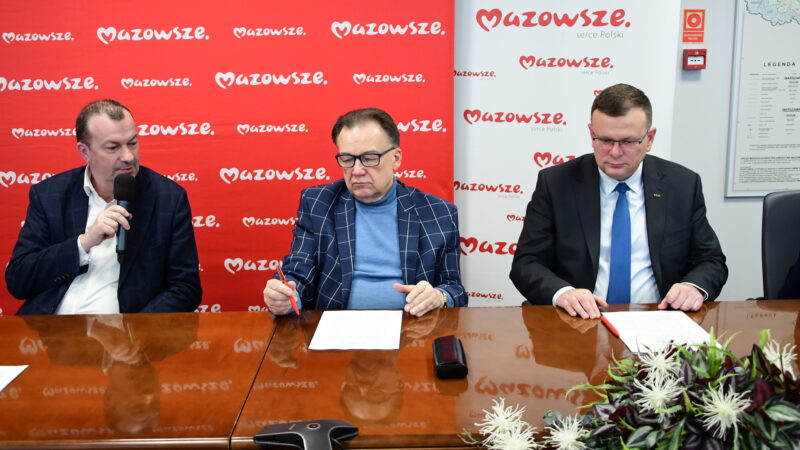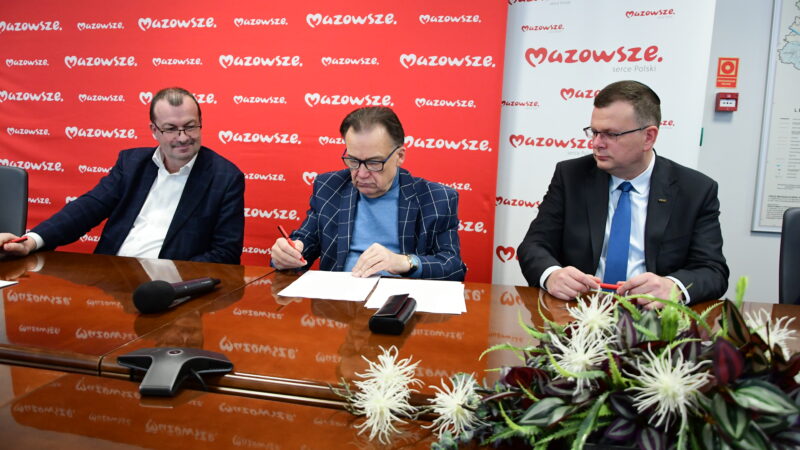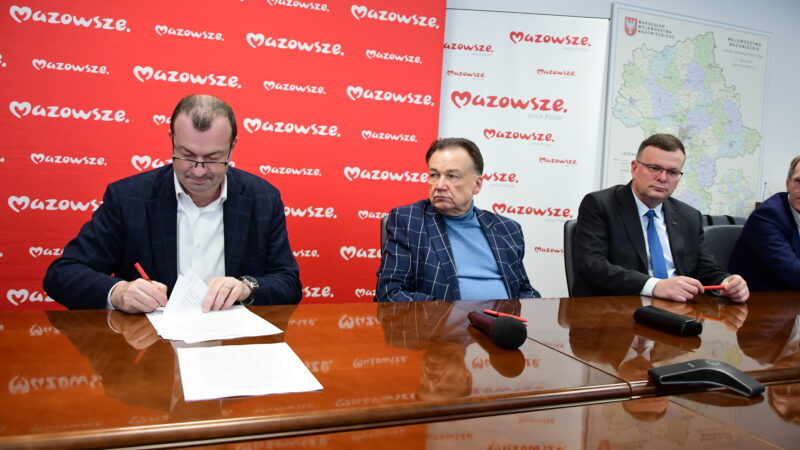WGM With Property From Mazovia Local Government
Another important step on the way to the opening of the Warsaw Ghetto Museum has been taken. The Mazovia Local Government and the Director of the Museum signed a contract for the purchase of the plot of land (registration number 38/3) in Warsaw’s Wola district. The Museum has thus become the owner of the site with the historical buildings of the former Bersohn and Bauman Children Hospital and its immediate surroundings.
According to the Local Government Marshal Adam Struzik, the signing of the contract completes the stage of the change of ownership of the former children’s hospital site. “Thanks to successful legal settlements, the buildings at Str. Sienna, 60 and Śliska, 51, together with their immediate surroundings, will be able to serve further purposes, in this case, the very valuable activities of the Warsaw Ghetto Museum,” the Marshal adds.
In November 2020, the Warsaw Ghetto Museum purchased from the local government the property at Str. Śliska, 51/Sienna 60 (plot with the registration number 38/4) where the buildings of the former Bersohn and Bauman Hospital are located. These are: the main building constructed in 1876-78 to the project of Artur Goebel, and the Ophthalmology Pavilion built after 1904 with the Dawidson family funds. A number of prominent specialists used to work in this historical hospital, including such famous pediatricians as Dr. Julian Kramsztyk, a co-founder of the Society of Friends of Children Dr. Anna Braude-Hellerowa or Janusz Korczak (Henryk Goldszmit) himself.
In 1952, the buildings became the property of the city. An infectious disease hospital was situated there. The Local Government of the Mazovian Province had been the property owner since 1999. The Provincial Hospital for Infectious Diseases was operating there until 2014.
„The historical complex of the former Bersohn and Bauman Hospital is one of a few witnesses of the fate of Warsaw and one third of its citizens, the Warsaw Jews,” the Warsaw Ghetto Museum Director Albert Stankowski says. “It is a unique place on the city map, which is inextricably linked to the history of the Warsaw Ghetto. The purchase of the land plot 38/3, which was the last missing part of the hospital complex, is an important milestone in the process of building and creating the permanent exhibition of the Warsaw Ghetto Museum.”
The contract signed today implements the provisions of the preliminary contract signed in April 2020. The purchase of the land plot no. 38/3 had been prevented by the proceedings that were ongoing due to the claims of the plot’s former owners. After the Local Government Appeal Court discounted the administrative proceedings, the Mazovia Province was finally able to sell the property.
“The historical buildings of the former hospital have a very rich history. The founding of the Warsaw Ghetto Museum in their walls would be its best culmination,” the vice-Marshal of the local government Wiesław Raboszuk concluded.
The donation of the property, which is a valuable relic of the pre-war urban fabric, takes place under protection of the provincial historical buildings conservator.

